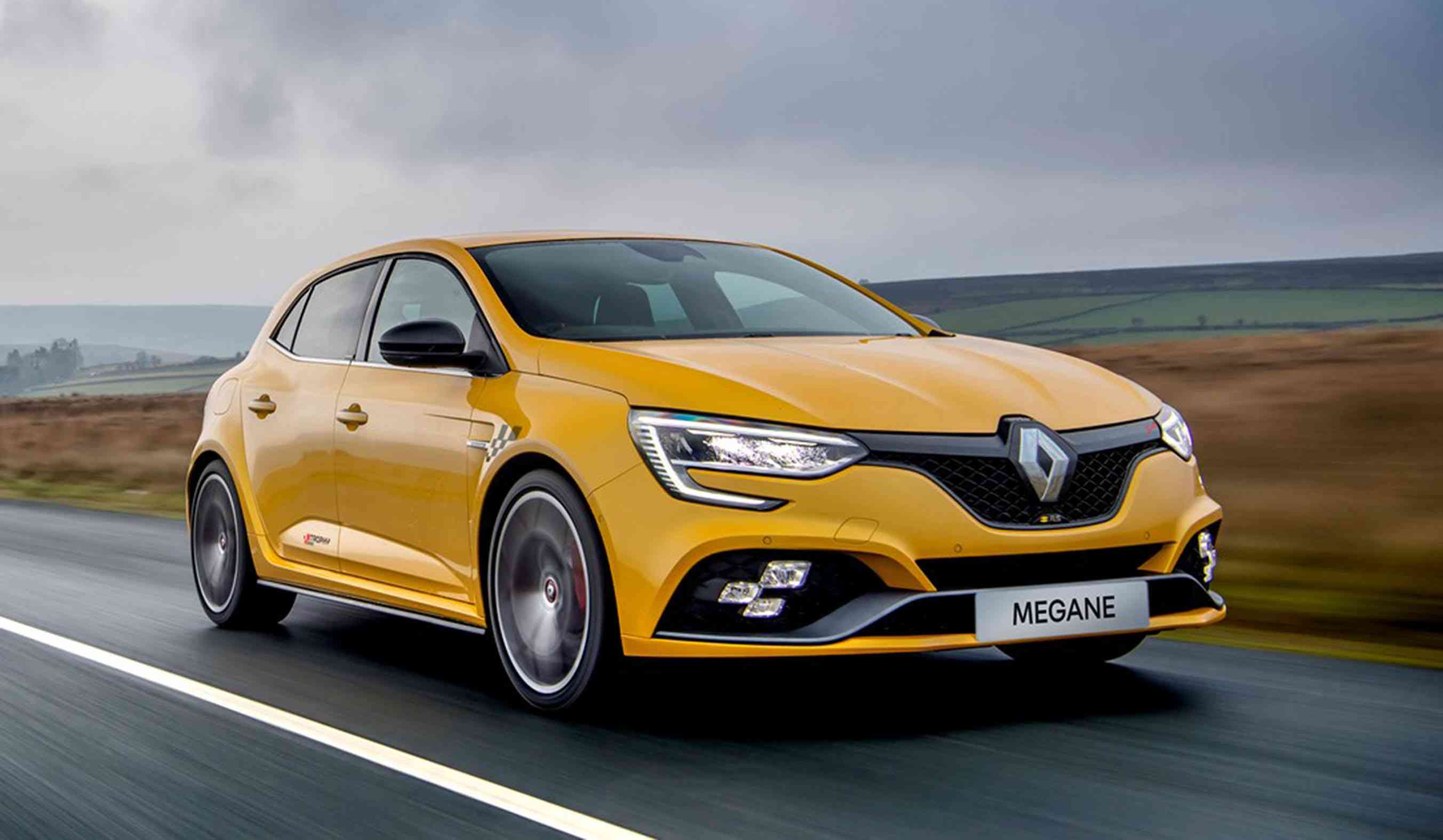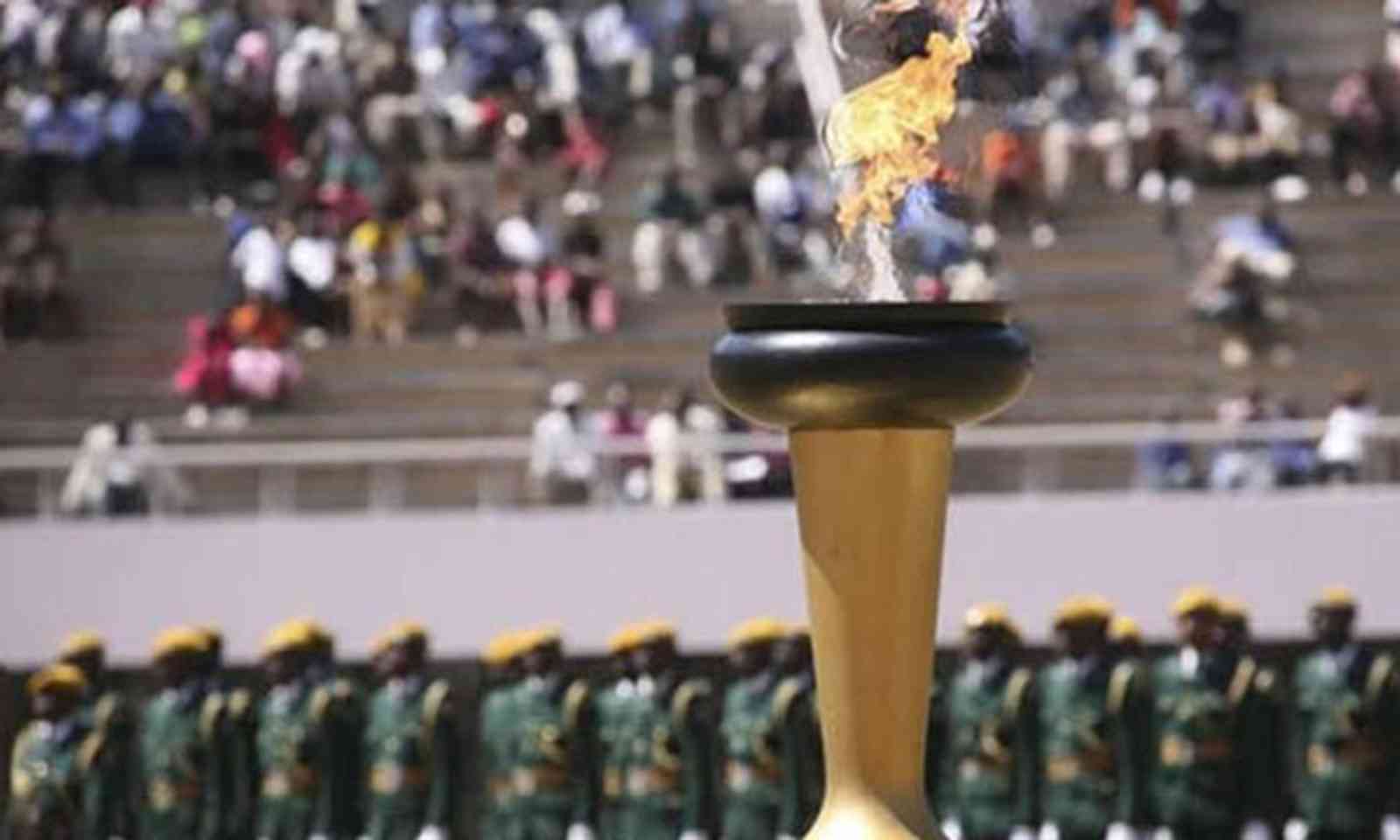
THE Gordini factory outside Paris became home to the Renault Sport (RS) brand in the mid-1970s, supplanting the legendary Alpine brand.
This move brought the company's racing efforts in line with Renault overall, and the RS name has been around ever since.
Since the French manufacturer drove Red Bull to four consecutive Drivers' and Constructors' championship doubles from 2010 to 2013, the Red Bull-Renault alliance has been a resounding success.
Nico Hulkenberg, a member of the Renault F1 team back then, contributed to the construction of the Mégane RS, available exclusively in a 5-door hatchback bodystyle. There was a 500-unit production restriction.
I must say, this speed demon is quite unique. In southern Africa, there are less than 10 units. Collectible vehicles from well-known brands are always fascinating to me.
This vehicle faces tough competition from the likes of the Hyundai i30N, the Civic Type R from Honda, and the Golf GTI TCR from Volkswagen.
Design
The current Megane RS generation is the most aesthetically pleasing performance hatchback available. The powerful front bumper, now-iconic front blade, rear diffuser, and centrally positioned single-exit exhaust are all present and accounted for on the Trophy.
Aside from some side panel badges and the new Jerez triple-tone 19-inch alloy wheels shod with specific Bridgestone rubber, the new version doesnot really stand out from the Cup variant.
With options like Tonic Orange and Liquid Yellow, it is not like the automobile needed to be flashier.
Interior
From an aesthetic standpoint, the alterations are most apparent on the inside of the trophy. The Recaro performance seats with Alcantara trim are a standout feature of the Trophy model, complementing the Alcantara-covered steering wheel.
When compared to earlier Megane models, this one has much better fit, finish, and design, making for a more aesthetically pleasing cabin that successfully combines performance and quality.
The Trophy is a real hot hatchback since it is both a practical vehicle (it can carry the family) and an entertaining driver (it has a decent 384 litres of trunk capacity).
While the backseat isnot quite roomy, it is more than plenty for three people to share on a shorter trip; nevertheless, two people will need to make do on longer ones.
Comfort and practicality
The Trophy is more commonly referred to as a performance hatchback than a comfortable one. You can adjust the throttle responsiveness, ride quality, and exhaust tone by choosing from a variety of driving modes.
Based on the Cup chassis, as one would expect from a car in this category, the ride quality ranges from stiff to extra-firm.
No matter how dedicated vehicles are, infotainment systems are a must-have for today's goods.
The Trophy's infotainment system is an 8.7-inch colour touchscreen that can be positioned in portrait mode and is equipped with both Apple CarPlay and Android Auto.
I do not like using the configurable tiles and swipes, even if the system is oriented cleverly. Nevertheless, the RS Monitor V2 is a redeeming quality of this system.
It provides access to driving telemetry, lap times, and important vehicle data like boost pressure, oil and brake temperatures, and more.
The digital instrument cluster offers a selection of hues to complement the ambient illumination, and the audio system is noticeably better than the previous generation Megane RS. Additionally, there are alternatives for the gauges themselves.
Performance
Renault has accomplished the unthinkable by squeezing an incredible 221 kW from a little 1.8-litre, 4-cylinder engine, especially considering the wealth of resources at their disposal in Formula 1. The RS 300 gets its name from the fact that 221 kW is equal to 300 horsepower.
The ceramic ball-bearing turbocharger, which uses twin scrolls, is responsible for the 221 kW at 6,000 RPM and the 400 Nm or 420 Nm of torque between 2,500 and 4,500 RPM.
The remarkable petrol engine has a direct-injection turbocharger and comes with a choice of a 6-speed manual or 6-speed dual-clutch EDC transmission. The latter delivers 400 Nm of torque, while the former gets 420 Nm.
A mechanical, two-way Torsen limited-slip differential transfers power to the front wheels, allowing for outstanding handling and power distribution in and out of bends. French manufacturer Renault claims that the RS 300 Trophy, in either manual or EDC mode, can accelerate from 0 to 100 km/h in just 5.7 seconds.
Both versions have stated peak speeds of 260 km/h and fuel consumption of 8.2 and 8.4 l/100 km, respectively.
However, if gas mileage is your first priority, you probably won't choose a high-performance vehicle like the Renault RS 300 Trophy.
Fuel efficiency
We all hate spending more money at the pump than is absolutely necessary, and we also know that many car buyers base their selections on reasonable fuel economy estimates.
This is the typical mileage that the Trophy's 50-litre fuel tank can achieve, which should be more than enough for a journey from Harare to Bulawayo.
The Trophy faithful, I am sure, will not give a hoot about how much gasoline it uses. Renault claims 8.2 L/100 km, which is doable with extreme caution, but it should be closer to
Safety
EuroNCAP awarded all Megane models a 5-Star safety rating in 2015, with 88% for adult occupant safety, 87% for child occupant safety, 71% for pedestrian safety, and 71% for its safety assist systems. However, the Trophy model comes standard with six airbags.
My decision
Less than 10 units are available in Southern Africa, making it a rare opportunity despite its exorbitant price. Even though the Trophy has many of the features I want in a performance hatchback, I would still rather spend my money elsewhere.
For close to a million Rands, I would rather go for the Golf GTi, which is in the same bracket price wise.
The Megane R.S. 300 Trophy represents the pinnacle of the RS (Renault Sport) lineup, catering to the most demanding track conditions.
There is zero compromise between comfort and the hard ride in this Renault; the focus is squarely on the vehicle's athletic abilities, where it really shines. For a production car, it is a speed demon.
Specifications
Engine: Four-cylinder petrol
Capacity: 1.8l
Power: 221kW
Torque: 420Nm
Transmission: Six-speed dual clutch automatic
Drivetrain: Front-wheel drive
Top speed: 255km/h
0-100km/h: 5.7 seconds
Fuel consumption: 8.1l/100km (claimed)











